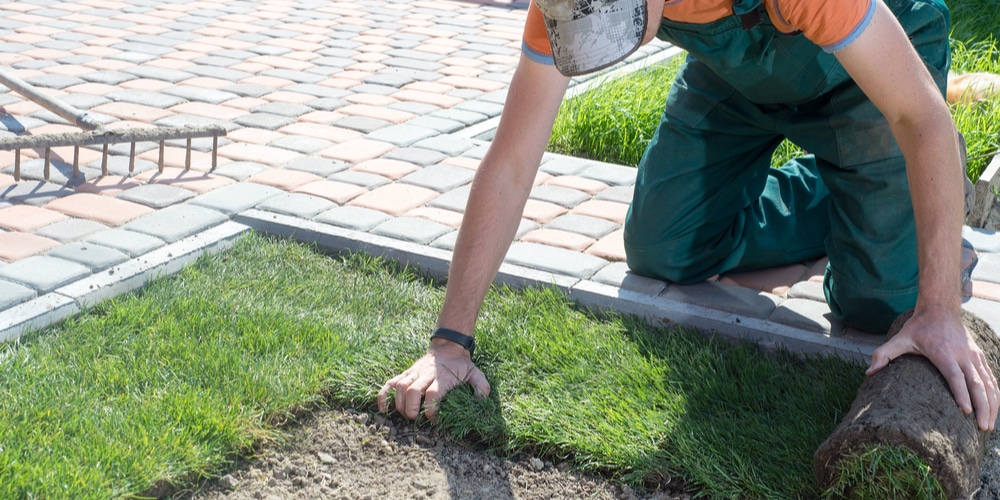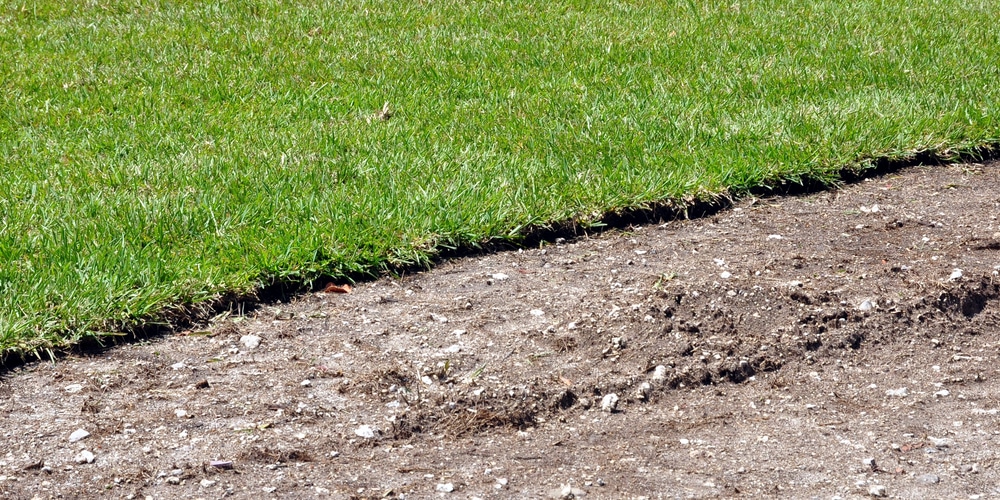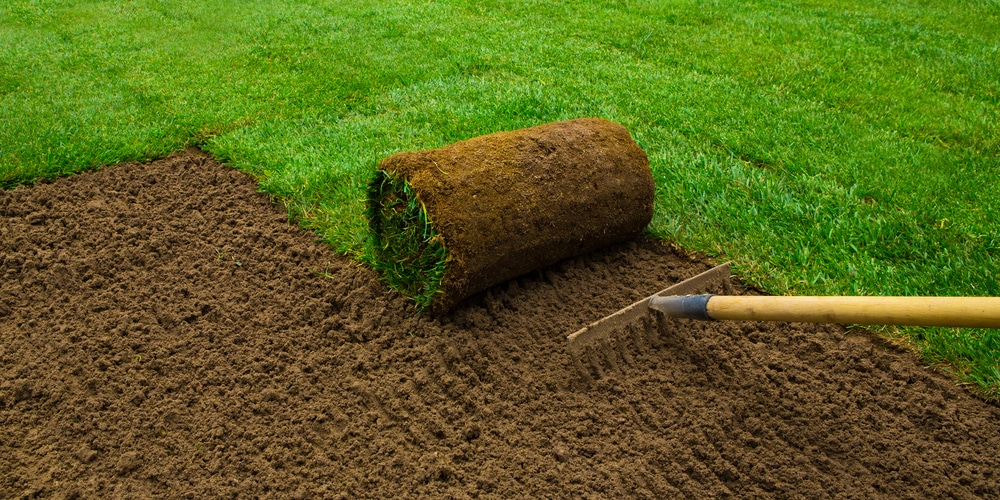Many beginner gardeners might ask whether they can plant sod in the fall. The answer is yes – you can plant sod in the fall, but there are a few things you need to know before you get started.
In this blog post, we’ll go over everything you need to know about planting sod in the fall, including when to do it and how to prepare your soil. We’ll also give you tips on ensuring your new sod thrives in its new home.
So if you’re ready to take your gardening skills to the next level, keep reading!
What Are The Benefits Of Planting Sod In Fall Instead Of Spring Or Summer?

Most people think spring is the best time to lay sod, but fall is the ideal season for many reasons. For one, the cooler temperatures increase grass blade and root growth for most species. This leads to faster rooting, meaning your sod will start gathering nutrients and water for itself faster.
The soil beneath the sod is also slightly cooler than ground level, which provides it a protective cushion. It also prevents the sod from drying out as temperatures drop in the fall.
Dry sod is the most common cause of sod death and failed installations, especially since there’s no irrigation to combat evaporation. Because the roots have had time to establish themselves, they’re better equipped to withstand the cooler temperatures and survive the winter.
Because of the cooler temperatures, there is less foliage growth in the fall. However, because the roots grow most, it is still a good idea to wait until fall. The faster you can get your roots growing, the quicker you will have a healthy and attractive lawn. Increased rains also mean that you won’t have to water as often; another advantage to planting in the fall.
Can You Plant Sod In The Fall If Your Area Has A Cold Winter Climate?

If you live in an area with a cold winter climate, you may wonder if you can plant sod in the fall. The short answer is yes, you can plant sod in the fall, but there are a few things you need to keep in mind.
First, it’s essential to choose a type of sod that is appropriate for your climate. Some types of grass are more cold-tolerant than others, so be sure to research before purchasing.
In addition, it’s vital to ensure that the soil is of good quality and not too dry or too wet. If the soil is too dry, it will be difficult for the roots to take hold; if it’s too wet, the roots may rot.
The key is to give the sod enough time to establish roots before the first frost. This usually means planting at least six weeks before the average first frost date.
Once you’ve considered these factors, you should have no problem planting sod in the fall and enjoying a healthy lawn all season long!
How Do You Prepare Your Soil For Sod Installation?
One of the most critical steps in creating a healthy and attractive lawn is preparing the soil before sod installation. While it may be tempting to lay the sod on top of existing vegetation, this can often lead to problems such as poor drainage, an uneven surface, and an increased risk of disease.
The best way to prepare your soil is to remove all existing vegetation, including grass, weeds, or roots. Once the area is cleared, you should Till the soil to a depth of six inches. This will help to loosen compacted soil and improve drainage.
Next, add a layer of organic matter such as manure or compost. This will help to improve the fertility of the soil and encourage root growth.
Finally, use a rake to level off the surface and remove any large stones or clumps of dirt. By preparing your soil properly, you can ensure that your new lawn will be healthy and beautiful for years to come.
Are There Any Other Steps You Need To Take After Installing The Sod?
So, you’ve just installed a new sod lawn. Congrats! A beautiful, healthy lawn is a great way to improve your home’s curb appeal and create an outdoor living space that you can enjoy for years. But what comes next? Are there any other steps you need to take to ensure your sod stays healthy and looks its best?
Here are a few post-sod installation tips to keep in mind:
- Be sure to water your sod regularly and deeply, especially during the first few weeks after installation. Sod needs a lot of water to establish strong roots.
- Mow your sod frequently, but don’t cut it too short. Mowing helps promote root growth and encourages the grass blades to grow vertically rather than horizontally, which helps prevent soil erosion. The ideal mowing height for most grasses is 2-3 inches.
- A healthy diet of nutrients is essential for any lawn, but it’s especially important for new sod. A slow-release fertilizer applied a few weeks after installation will help your sod get off to a strong start.
- Keep dogs off new sod
Final Thoughts
As you can see, there’s a lot to consider when planting sod in the fall. But if you take the time to research and prepare your soil properly, you can enjoy a beautiful, healthy lawn all season long!
